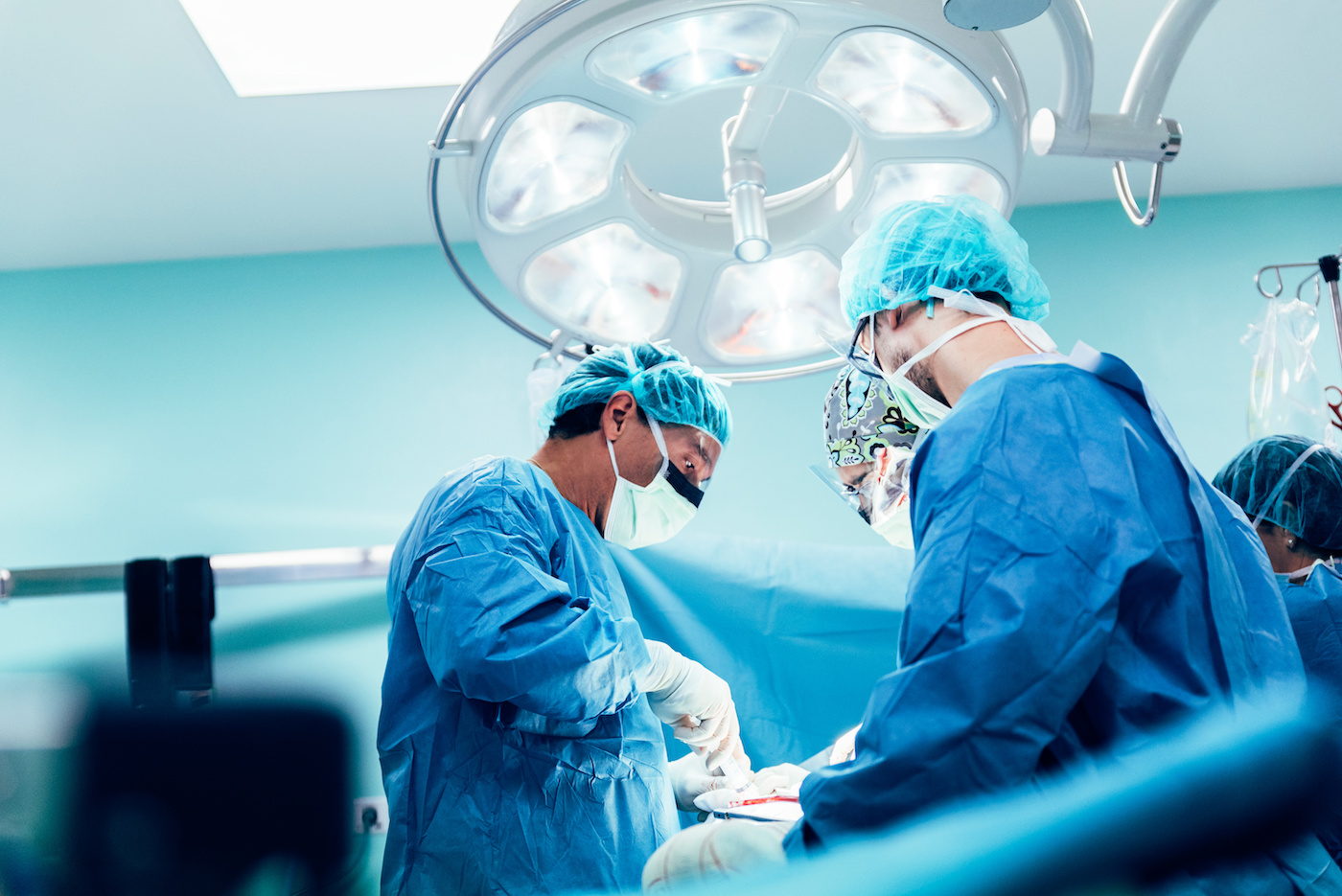Want a healthier spine? Work on your musculoskeletal system and EXERCISE!
We should think of the human body as a collection of systems: groups of organs and tissues working together to help the entire body function. I’m particularly familiar with the musculoskeletal system. This one is a little unique because it fills so many functions. Composed of our bones, muscles and a variety of connective tissues it is our chief structure system and provides our ability to move.
Maintaining that movement – by helping patients keep as much mobility as possible – has been the focus of my practice, both at my private office in Beverly Hills, CA and in my duties as an associate surgeon at Cedar-Sinai Medical Center in Los Angeles. For twenty plus years, I have been treating patients who suffer from injuries and diseases that affect the structure of the body and its ability to move.
Bones serve as the foundation of the structure: a rigid system that supports the rest the body. Bones also play a crucial role in the formation of blood (the hematopoietic system) and act as storage for calcium and phosphorus. They are bound to each other by connective tissues called ligaments and can bend, flex, and twist thanks to joints made of cartilage.
Then there are the muscles. Not only are they the engines of the human body – the power of our mobility, they’re also a chief component of the flexible structure. Yes, they are attached to the bones by tendons (another connective tissue). They contract and expand to induce movement around the joints. However, muscles serve another important role of stabilizing the bones skeleton by preventing unwanted movement of the bones.
The spine, for example, is a column of 33 bones, stacked up, one on top of the other, supported by a vast network of muscles that ensures every movement is tightly controlled. It’s a real marvel to behold – an incredible, complex system.
But like any other complex system, this one is vulnerable to disease and disorder. Muscular dystrophy, osteoporosis, arthritis, and degenerative disc disease are just a few well-known examples of conditions that can compromise the function of the musculoskeletal system.
And yet, the worst problems are the ones we cause ourselves!
Maintaining the system
Muscle mass tends to follow the adage of “use it or lose it.” We lose mass when we don’t use our muscles regularly, a process referred to as atrophy. Aging also contributes to muscle loss. Past the age of 30, every 10 years marks a loss of 5% of your total muscle mass (on average). Considering that our muscles make up approximately 40% of our total body weight, these losses should be prevented if possible. Regular exercise can stop or even reverse these effects if done correctly.
Resistance training is a particularly effective option for this exercise. Resistance training consists of pushing your muscles past their day-to-day limits by struggling against an external force. This force can be provided by weights, workout machines or any other equipment that is designed to resist your attempts to move it. In doing this, your muscles grow and become more effective. The advantages of muscle growth are threefold.
One, you will improve your control over your muscles and increase the amount of strength that you can bring to bear on every task. Along with better control and strength, you’ll also gain body stability, coordination, posture, and balance. These in turn help prevent injuries; they can also help your body cope with conditions like degenerative disc disease.
Two, your bones will get stronger. Just like your muscles, your bones are exposed to far more strain during resistance training than they are otherwise. Also, just like muscles, bones grow stronger with exercise. Regular resistance training reduces the likelihood of bone disease and serves to prevent the weakening of bones that occurs with advanced age. This is especially true if resistance training is started in early adulthood before such weakening starts to occur, but it’s a great help even if you start later.
Three, exercise strengthens the connective tissues of the musculoskeletal system. These connective tissues (e.g., tendons, ligaments) are composed of a semi-elastic protein called collagen. If not stretched regularly, the tissues stiffen and lose their elasticity. When this happens, your joints lose the ability to move freely and will be constrained to a smaller range of motion. Stretching and straining these tissues during exercise prevents this stiffening.
I have discovered that for most patients, the best answer is a non-surgical treatment that offers full, painless movement of your entire spine – without the pain, hassle, and expense of surgery. The caveat is that it all depends on how much damage there is from whatever systemic problem is present (a degenerative disc or disease for example).
Once patients embark on a planned fitness program they start to improve their fitness. Their body becomes stronger and better prepared. They gain strength, improve their stability and move towards a state of overall wellness. Some patients with problems in their spine may notice that the pain lessens. Some may see the need for surgery delayed if not eliminated completely.
With a fitness program designed to improve your fitness, your musculoskeletal system will improve. You’ll feel stronger and find that those normal aches and pains will be far more manageable.
Here’s to your wellness.







